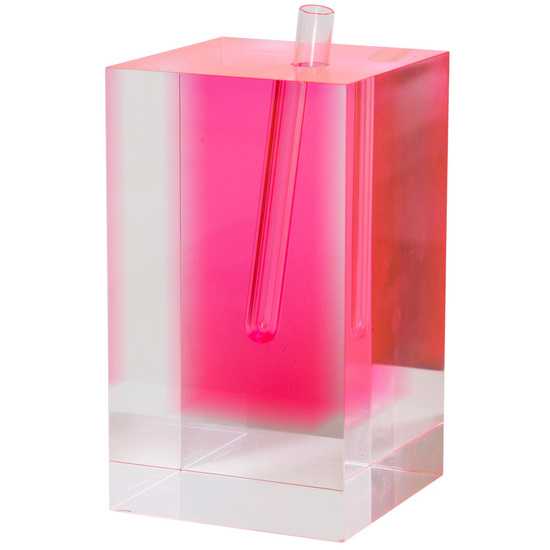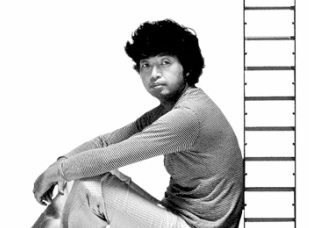| Kuramata's designs reflect the confidence and creativity of postwar japan, retaining a strong identity based on traditional japanese aesthetics while breaking new ground through the use of innovative materials. he combined the Japanese concept of the unity of the arts with his fascination with contemporary western culture, inventing a new design vocabulary: : the ephemeral, the sensation of floating and release from gravity, transparency and the construction of light. Kuramata reassessed the relationship between form and function, imposing his own vision of the surreal and of minimalist ideals on everyday objects. Born 1934 in Tokyo between the wars, the son of an administrator who became vice-director of a scientific institute, Kuramata was raised in Japan. He received a traditional training in the woodcraft department at Tokyo's Polytechnic High School, and then went on to work in a furniture factory, the 'teikoku kizai company' (1953). he pursued his studies in interior design at the 'Kuwasawa Design School' in Tokyo (1956) -institute that taught western concepts of interior design- the he was hired by the small department store 'San-ai' as a designer of showcases as well as floor and window displays (1957). after a brief stint as a freelance designer for the retail giant 'Matsuya department store' (1964) the following year he opened his own design office in Tokyo (1965). During the 1970s and 80s, Kuramata, alert to the revolutionary possibilities of new technologies and industrial materials, seized upon acrylic, glass, aluminum, and steel mesh to create objects that appear to break free of gravity into airy realms of transparency and lightness. http://www.designboom.com/portrait/kuramata.html |

